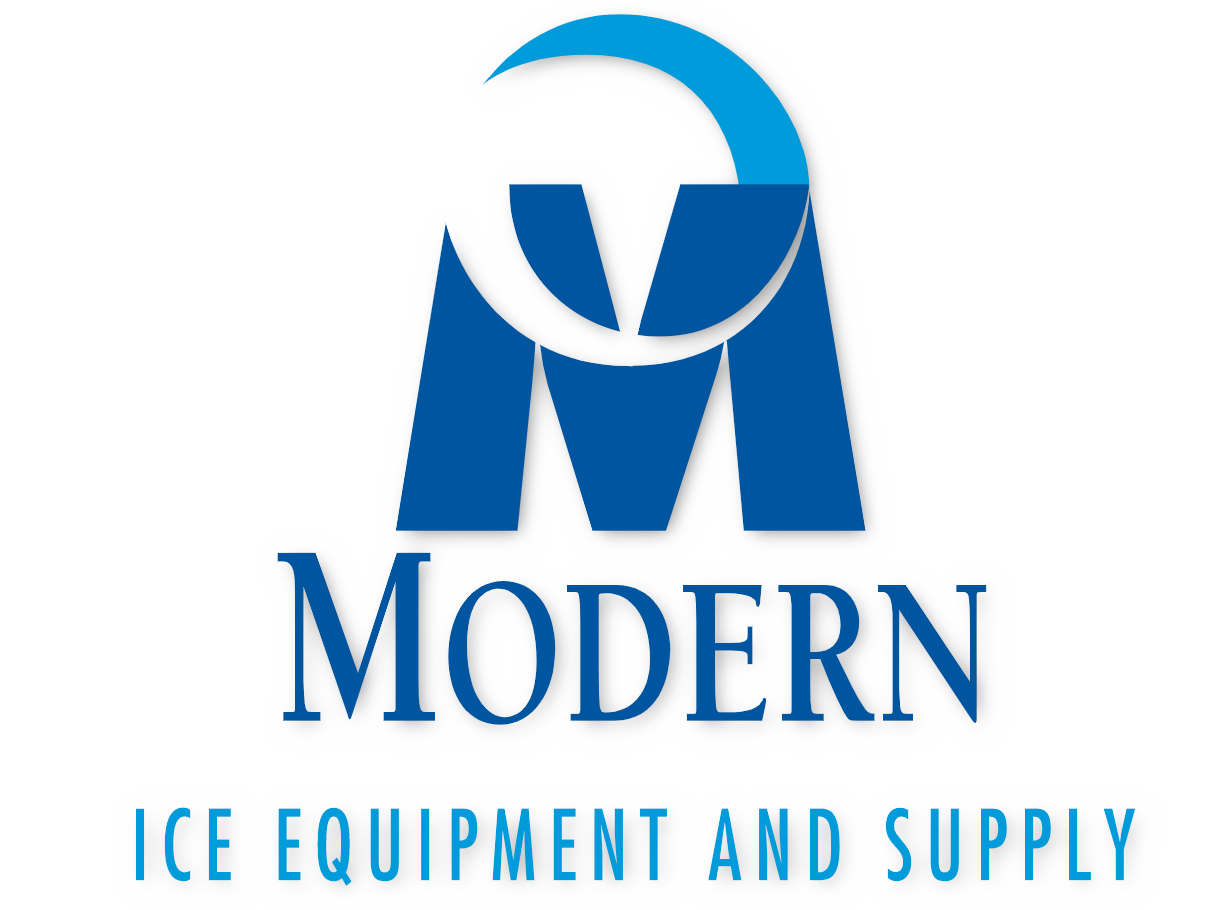How to Leak Test an Ice Merchandiser
Virtually all leaks that you will encounter on a cold wall merchandiser will be on the outside of the system and generally on a connection point. Common places to leak test an ice merchandiser are flare connections, service valve gauge ports, any brazed joint, or in the case of condenser or evaporator coils check the end plates of these coils.
Many methods and products exist that can be utilized to search for a leak in a refrigeration system. The methods can be as simple as using soap bubbles to check joints to more sophisticated dyes and ultraviolet lights. Most generally, leaks can be found with a minimal amount of equipment and by using good technique.
The equipment list required for leak testing a refrigeration system is relatively short. The first item is a good electronic leak detector that is suitable for the type of refrigerant that you are working with. The second item is a bottle of children’s soap bubbles or dish soap or commercially available product that will produce bubbles when in contact with a leak. These are very effective when used in conjunction with the electronic leak detector. You should also have a source for dry nitrogen. This can be used to pressurize the system to help force pressure through an opening in a joint or line. A small amount of refrigerant, such as R404a in a trace amount with the nitrogen pressure, will help an electronic leak detector to pick up small leaks more readily. A refrigeration gauge manifold set is also a necessary item as is a recovery machine. If your merchandiser utilizes R290 refrigerant, the process is different than below. Watch for R290 tech tips coming soon!
Once it has been determined that there may be a leak somewhere in a system (usually by using the manifold gauge set), the first thing to do is visually look over the exposed tubing and condensing unit for any evidence of oil. The presence of oil usually indicates that a leak is nearby. If there is some refrigerant left in the system you can use an electronic leak detector in conjunction with the soap bubbles for a very effective combination of testing methods. If you are unable to find the leak with this method a more in-depth process may be required. Before proceeding you need to remove any refrigerant left in the system with your recovery machine. Once the refrigerant has been removed completely from the system, you can then use the dry nitrogen to pressurize the system. Make sure that the nitrogen tank has a pressure regulator that can maintain the pressure at 280 psig. Once the system is pressurized you can use the soap bubble solution on every exposed joint and connection point to search for bubbles that are formed by escaping pressure. Watch closely when using the soap bubbles. Sometimes if the leak is quite small or on the bottom of a joint, the bubbles can be quite difficult to see. If you are still unable to locate the leak you can drain off the nitrogen charge and put in a trace quantity of R404a, for example, and then re-pressurize with the nitrogen. This will force the refrigerant and nitrogen out at a faster rate that makes the leak easier to locate using the electronic detector and soap bubbles in combination.
A method that can be used to determine the general location, either inside or outside can be accomplished using the service valves on the condensing unit. Attach the manifold gauges to the service valves and pressurize the system with dry nitrogen to 280 psig. When the system is pressurized, rotate both service valve stems down to the closed position. This will effectively block the evaporator from the condensing unit. Let the merchandiser sit for a period of time to see if the pressure drops. Depending on the size of a leak this period of time could be as long as overnight. The gauges will read the pressure that is contained within the condensing unit. If the gauge readings have lowered then the likelihood of the leak being in the condensing unit is fairly high. If the gauge
readings are relatively unchanged then open either of the service valves. If the leak is in the evaporator portion then you note a rapid pressure drop when the valve is opened. This will indicate the likelihood of the leak being in the evaporator portion of the system. Once the leak is discovered and repaired and a new filter drier installed, it is a good idea to re-pressurize the system with nitrogen again for a final leak check to make sure that the leak was properly repaired. The system is then ready to evacuate and re-charge.
Need merchandiser parts? Shop our ONLINE STORE 24/7/365!
